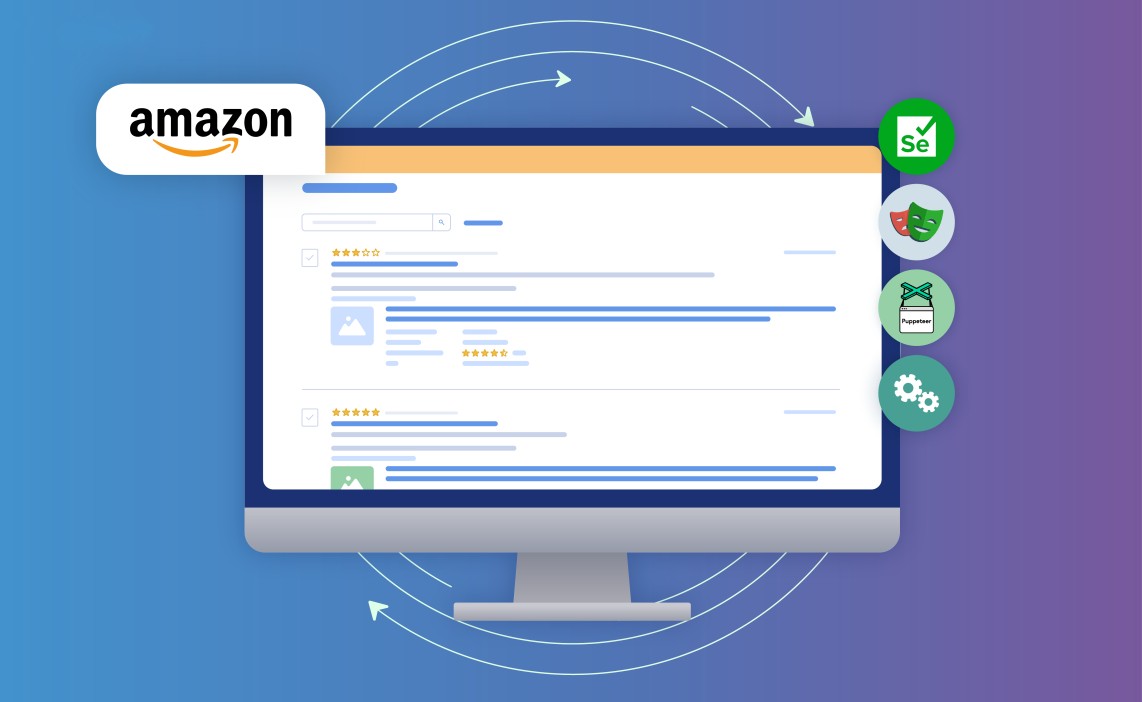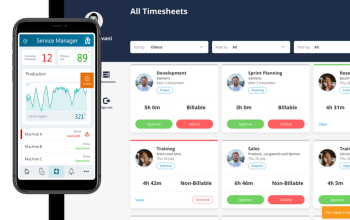If you’ve ever tried to scrape data from Amazon, you already know it’s not a walk in the park. There’s a ton of valuable info in there—product prices, reviews, rankings, you name it—but Amazon guards that data like a dragon sitting on gold. One wrong move, and your IP gets shut out.
That said, people do it all the time. The trick? Doing it the right way. Whether you’re using an Amazon scraper API, building your own web scraping tool, or just trying to pull some Amazon product or review data, there are ways to stay under the radar. This article breaks it all down in plain English—no tech jargon overload, just practical steps to get what you need without getting blocked.
Why Amazon Blocks Scrapers (and Why You Should Care)
First off, let’s be real: Amazon doesn’t want you scraping their site. Not because they’re being mean about it, but because it messes with their performance and opens them up to all sorts of risks. Bots hitting their pages every few seconds can slow things down or expose security holes. So, they’ve built a whole system to sniff out bots and shut them down fast.
Now, if you’re scraping with something simple—like a basic script that hits the same page over and over with no variation—Amazon’s going to flag you in no time. That’s how you end up with CAPTCHAs or full-on blocks. It’s not personal, it’s just how their defenses work. So if you want to play in their sandbox, you’ve got to blend in. Think less robot, more curious shopper.
Use Tools Built Specifically for Amazon
You can’t just roll up to Amazon with a generic scraper and expect it to work. This isn’t some rinky-dink blog with no security. You need a tool that’s actually designed for Amazon’s layout, its traffic rules, and all the sneaky ways it detects bots. That’s where a proper Amazon scraper API comes in handy.
A solid Amazon product scraper or review scraper takes care of the hard stuff: rotating IPs, adjusting headers, mimicking human behavior. Some even handle CAPTCHAs for you. Skip the instant data scraper tools that try to work on everything and go for something built just for Amazon. You’ll save yourself a lot of frustration, and your scraping will be way more efficient.
Don’t Be a Bot—Act Human Instead
This part’s simple but super important: your scraper should behave like a real person. That means don’t hit the same page ten times in ten seconds. Add in delays—random ones. Change your user-agent string (that’s the bit of info browsers send that tells sites what device you’re using). Basically, mix it up.
You also want to avoid patterns. Bots are predictable, but people are messy. Visit pages out of order. Vary the time between actions. All of this helps you stay off Amazon’s radar. It’s not just about what you’re scraping—it’s how you’re doing it. Respect the site, stay low-key, and you’ll last a lot longer before any alarms go off.
Proxies, Headers, and Other Sneaky Details
If you’re scraping Amazon without proxies, you’re basically walking into a security checkpoint wearing a shirt that says “I’m a bot.” Use proxies—ideally residential ones that look like real users browsing from home. Rotate them often. There are services that do this for you, or you can roll your own system if you’re into that.
Also, don’t forget about headers. Every time your scraper makes a request, it sends headers that tell Amazon what browser and device you’re supposedly using. Make them look real. Fake ones—or missing ones—make it obvious you’re a script. Many good web scraping tools handle this stuff for you. If yours doesn’t, it’s time to upgrade.
Plan Out Your Data Collection Strategy
Before you start scraping, stop and think: what do you actually need? Prices? Reviews? Product titles? Write it down. Plan it out. You’ll waste way less time and bandwidth if you go in with a clear plan. Plus, Amazon’s layout is deep—don’t try to pull everything at once. That’s just asking for trouble.
Break your scraping into chunks. Maybe pull one product category per day. Or one page every few minutes. If your grabber tool or scraper lets you schedule requests or paginate automatically, use that. It keeps your activity low-key, and it helps you avoid tripping Amazon’s bot detectors.
APIs Make Everything Easier (If You Pick the Right One)
Honestly, if you’re serious about this stuff, using an Amazon scraper API is just smarter. These APIs are designed to get clean, structured data without all the pain of parsing messy HTML. They also handle a lot of the sneaky stuff—like proxies, headers, and delays—for you.
There are Amazon product scraper APIs for listings, Amazon review scraper options for customer feedback, and even full-on services that let you track stock and pricing changes in real time. Choose one with good support, clear docs, and a fair pricing model. If you’re planning to scale up your data scraping, this will save you a ton of time and headaches.
Conclusion: Smart Scrapers Win—Lazy Ones Get Blocked
Scraping Amazon isn’t impossible—but it’s not something you can just wing. If you go in like a bull in a china shop, you’ll get blocked fast. But if you’re smart about it—use the right web scraping tool, behave like a human, manage your proxies, and plan your strategy—you can collect the data you need without getting shut out.
Whether you’re gathering info for research, market analysis, or just keeping an eye on trends, Amazon has the data. You just have to know how to get it safely. Use a solid Amazon scraper API, keep things ethical, and remember—when it comes to web scraping, it’s not just about speed. It’s about strategy.




